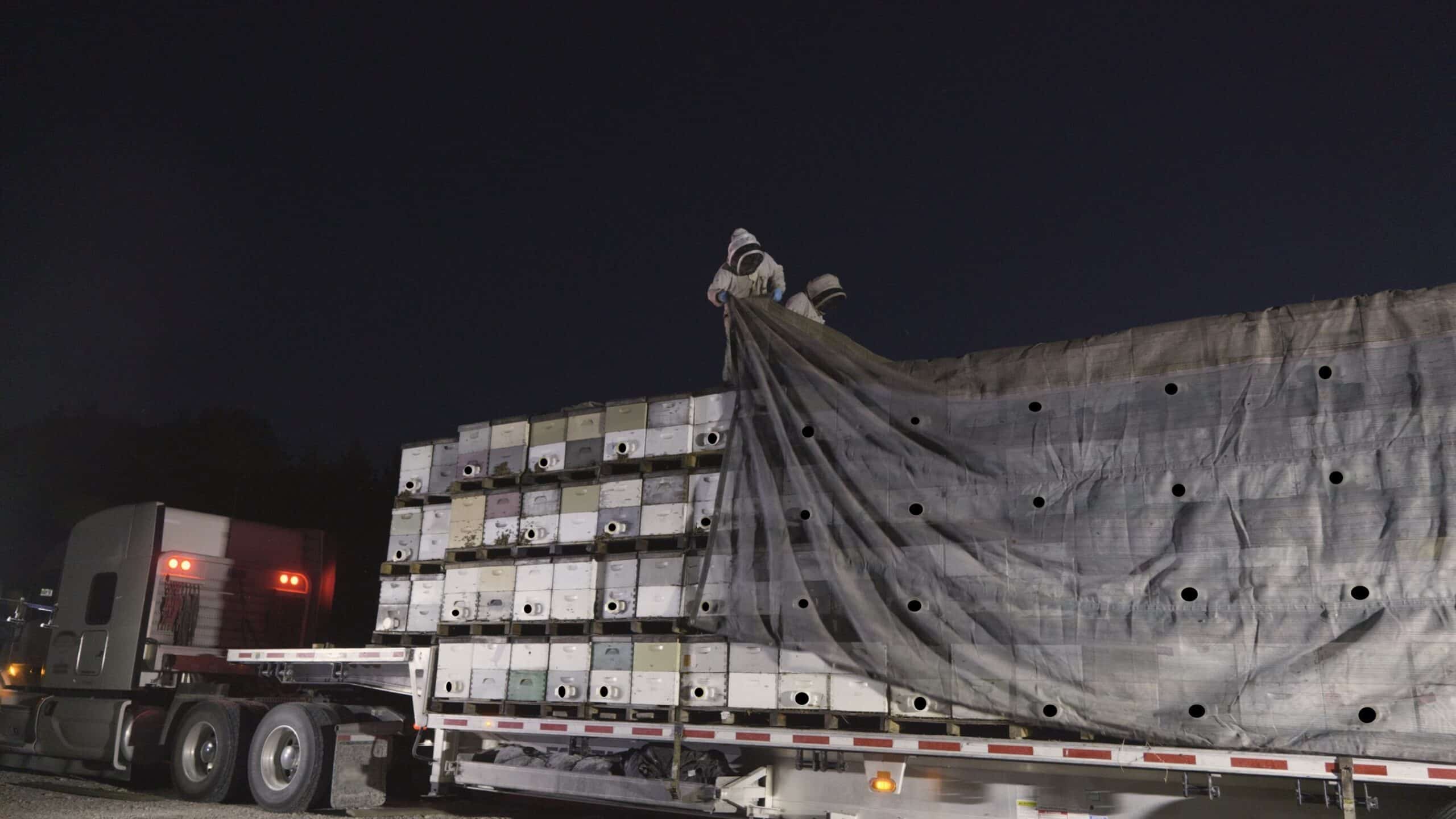Key Takeaways:
- Recent reports indicate the US beekeeping industry colony losses of up to 70-100%, threatening pollination efforts and food production.
- Charlie Bee Company, a documentary series on honeybee conservation, highlights the critical role of pollinators.
- Survey data shows that average losses exceed 50%, with an estimated financial impact of $139 million.
- Experts and beekeepers warn that the crisis requires urgent intervention to protect pollinators.
US Beekeeping Industry Faces Massive Bee Die-Offs Put Pollination at Risk
The US beekeeping industry is facing a severe crisis as beekeepers across the country report unprecedented colony losses, with some operations experiencing 70-100% mortality rates. This alarming trend raises serious concerns about pollination, agricultural stability, and biodiversity.
Charlie Bee Company, a documentary series dedicated to beekeeping and honeybee conservation, has been following the challenges facing pollinators. Season 2 of the series will feature an episode on commercial beekeeping and mass honeybee migration to California’s Central Valley for almond pollination. However, recent revelations from commercial beekeeper Blake Shook regarding widespread colony losses have made the issue even more pressing.
“We know honeybee populations have struggled due to pesticides, habitat loss, and disease, but the scale of these new losses—some beekeepers losing nearly all their colonies—is beyond anything we’ve seen before. It should be a wake-up call.” — Charlie Agar, Host of Charlie Bee Company
A Growing Crisis for Beekeepers and Food Production
The impact of these losses is both environmental and economic. A recent survey by Project Apis m. et al. (2025), which included 234 beekeepers, found that:
- Average colony losses exceeded 50%, with some operations experiencing a total collapse.
- The financial toll is estimated to be over $139 million.
- Combined with previous losses, some beekeeping businesses face unsustainable survival rates.
“Bees are the backbone of agriculture: one out of every three bites of food we consume is thanks to the bees. To say that this is concerning is an understatement.”
— Ashley Scott Davison, Executive Producer of Charlie Bee Company
The ripple effects extend far beyond beekeepers. Bees are responsible for pollinating crops like almonds, berries, and apples, making their survival critical to food security. If losses continue at this rate, crop yields could decline, prices may rise, and farmers could struggle to secure pollination services.
What’s Behind the Decline?
While the exact causes of this year’s record losses remain under investigation, experts point to a combination of factors, including:
- Pesticide exposure affecting bee health and survival.
- Habitat destruction reducing available foraging resources.
- Diseases and parasites, particularly Varroa mites, weakening colonies.
- Extreme weather patterns linked to climate change disrupting natural pollination cycles.


